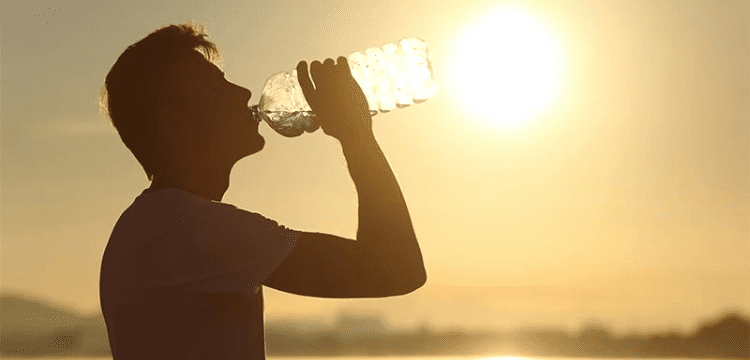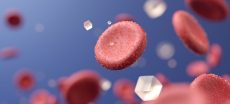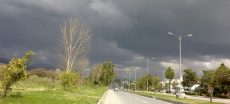[vc_row][vc_column][vc_column_text dp_text_size=”size-4″]Heatstroke is a condition that occurs when your body overheats as a result of prolonged exposure to or physical exertion in high temperatures. Heatstroke, the most serious form of heat injury, can occur if your body temperature rises to 104 F (40 C) or higher. The condition is most common during the summer.
Heatstroke necessitates immediate medical attention. Heatstroke can quickly damage your brain, heart, kidneys, and muscles if left untreated. The longer you wait for treatment, the worse the damage becomes, increasing your chances of serious complications or death.
Symptoms
Heatstroke signs and symptoms include:
High body temperature: The main symptom of heatstroke is a core body temperature of 104 F (40 C) or higher, as measured with a rectal thermometer.
Altered mental state or behavior: Heatstroke can cause confusion, agitation, slurred speech, irritability, delirium, seizures, and coma.
Alteration in sweating: Heatstroke caused by hot weather causes your skin to feel hot and dry to the touch. Heatstroke caused by strenuous exercise, on the other hand, may cause your skin to feel dry or slightly moist.
Nausea and vomiting: You may vomit or feel sick to your stomach.
Flushed skin: Your skin may turn red as your body temperature increases.
Rapid breathing: Your breathing may become shallow and rapid.
Also Read: Microsoft accuses China of attempting to hack into critical US infrastructure.
Racing heart rate: Because heat stress puts a tremendous strain on your heart to help cool your body, your pulse may rise significantly.
Headache: Your head may ache.
When should you see a doctor?
Seek immediate medical attention if you suspect someone is suffering from heatstroke. Dial 911 or your local emergency number.
While waiting for emergency treatment, take immediate action to cool the overheated person.
- Bring the person into the shade or indoors.
- Take off any excess clothing.
- Cool the person using whatever means are available, such as placing ice packs or cold, wet towels on the person’s head, neck, armpits, and groyne, or spraying with a garden hose, sponge with cool water, fan while misting with cool water.
[/vc_column_text][/vc_column][/vc_row]











